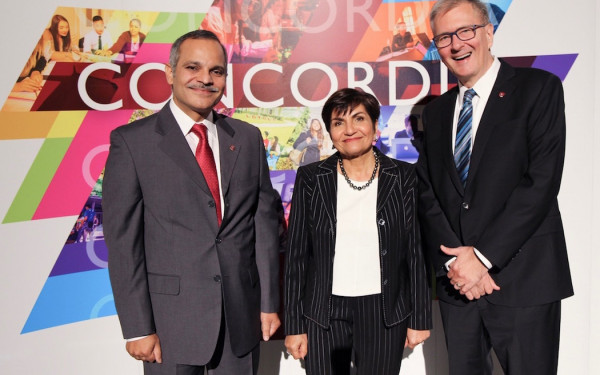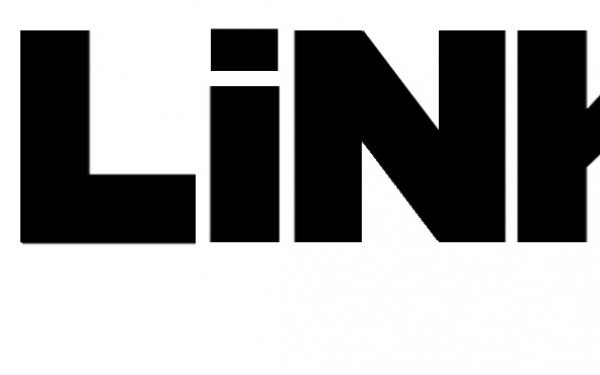Is Computation Arts a Model for the Future?
When I arrived at Concordia, I had no idea what “Computation Arts” was.
The only problem was that I was majoring in it.
Four years in, I still struggle with the answer to that seemingly simple question—but I do have a long list of technical skills, a diverse portfolio and a vision of what tomorrow’s education should look like.
CART looks at design through a computer science lens. Any common ground between machines and art is fair game.
It could be programming, electronics, 3-D modeling or web design, but most CART courses follow the same structure.
Each class is four hours long and composed of 15 to 20 students.
The first two hours are academic, where the class discusses readings, the industry or theory. The second half is technical and is usually either lab or tutorial style. The professor will either walk students through how to accomplish a particular task, or students are given the time to work on in-class projects.
While CART students are expected to pay a $45 lab fee, it’s also likely they’ll go their whole undergrad without ever having to pay for a textbook. Even in the programming classes, readings are free digital texts that save students hundreds of dollars.
It’s proof that we can wean so many other Concordia classes off expensive bound books that take up space and valuable resources. We need to embrace the digital age and its capacity to expose students to a variety of ideas, accessible to anyone with an Internet connection.
CART students are expected to finish every course with both a solid knowledge of theory and practical application; they’ll finish web design able to build a strong site about the history of the Internet.
That kind of preparation for the working world is invaluable. While Canada’s youth employment stalls at around 15 per cent, university students are grappling with the reality that our employment prospects are grim at best.
So when a student finishes a CART course with a new technical skill, that’s one more weapon they have in the face of this recession monster.
Undergrads can even get the chance to work as research assistants for their professors. While many departments reserve that kind of work for graduate students only, these are the kinds of jobs students need to get hired post-graduation.
But by far the most important aspect of this program is its fluid nature. It’s a new discipline that drastically evolves year to year, so the department is forced to try and keep up with that.
“We constantly have to be reinventing what we teach and how we approach it,” said Design & Computation Arts Chair Joanna Berzowska, adding that such a new field doesn’t leave a lot of room for stagnation.“There is always a lot of energy and creativity. We always have to question ourselves, the curriculum and the courses we’re teaching,” she said. “It’s a highly creative, high-energy department.”

_900_636_90.jpg)
_600_832_s.png)


